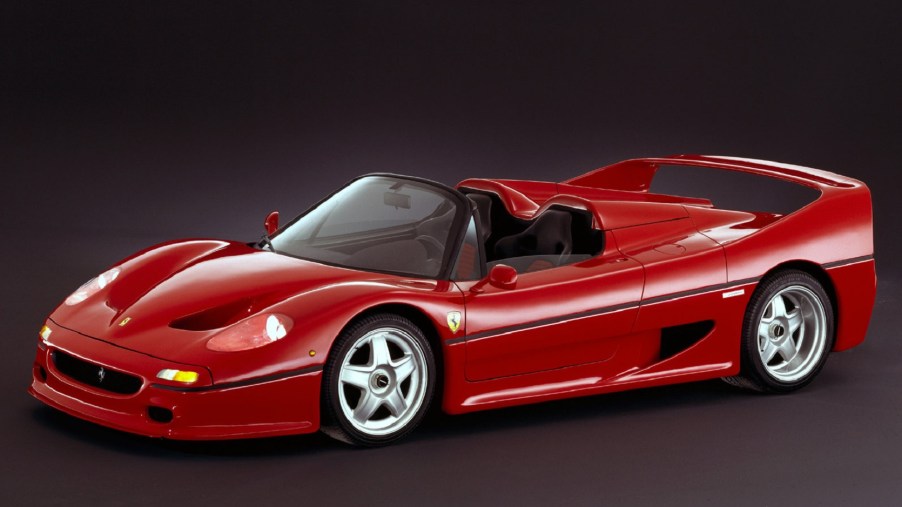
The Ferrari F50 Truly Was an F1 Car for the Road
It’s rare for any automaker to actually develop a road-capable race car. Even Ferrari, with its extensive F1 history, that it continually stresses, keeps its road cars and race cars separate. Even if many of the former do draw inspiration from the sport. But that’s not exactly the case with the Ferrari F50. That’s because it wasn’t just inspired by Formula One—it used genuine racing tech.
Ferrari: from F1 to the F50
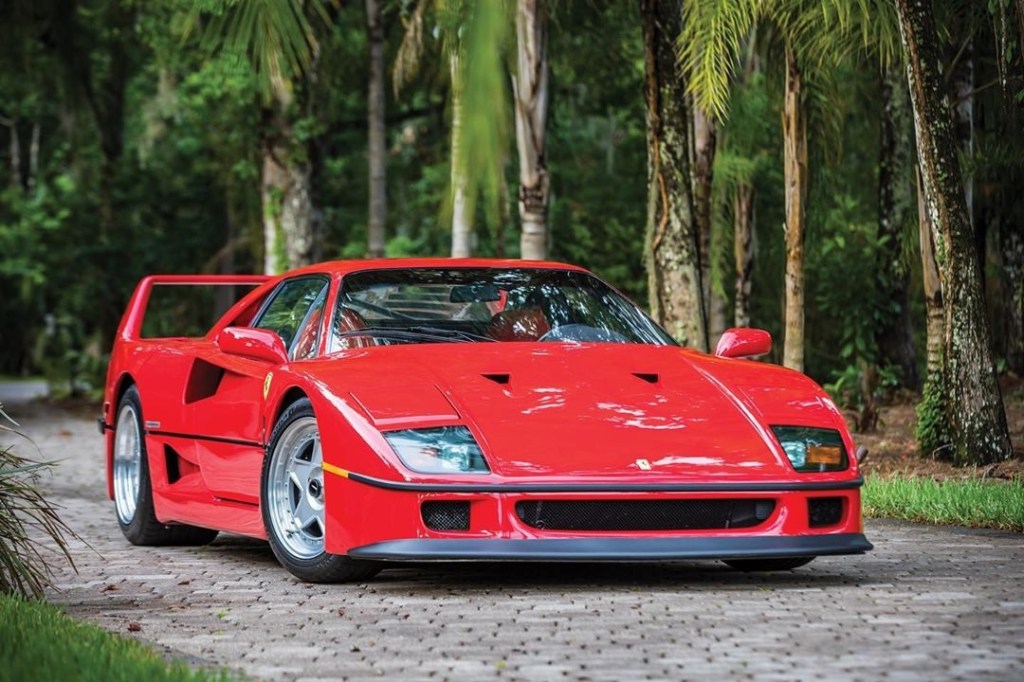
In the early 90s, Ferrari was in a bit of a tricky situation, Automobile reports. Although the F40 had been a critical success, Ferrari couldn’t make it forever. And if an economic slowdown wasn’t enough, Enzo Ferrari himself had passed away in 1988. To stay afloat, the Italian carmaker needed a supercar that could follow up the F40.
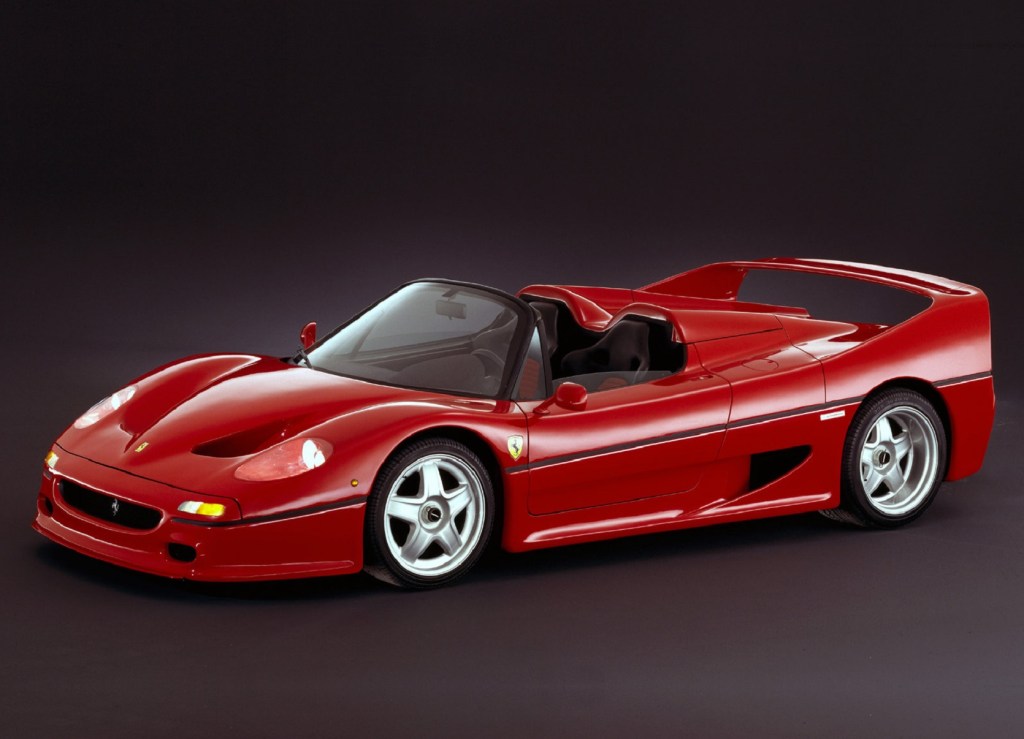
The result was the 1995 Ferrari F50. Although it looked like the F40, the Ferrari F50 was very different in execution. While the F40 used race car technology, such as carbon fiber, it was actually inspired by rallying, Motor Trend explains. In contrast, the F50’s design comes from F1. As do a lot of its parts.
Like the F40, the Ferrari F50 has a mid-engine layout. But instead of a 2.9-liter twin-turbocharged V8, the F50 has a 4.7-liter V12, Hagerty reports. It’s basically an enlarged, slightly-modified version of the 3.5-liter V12 found in the 1990 Ferrari 641 F1 car, Jalopnik explains. It’s rated at 512 hp and 347 lb-ft, going to the rear wheels via a 6-speed manual. And though it redlines at 8500 RPM, it can actually rev to 10,000 RPM, RM Sotheby’s reports. With it, the F50 can go 0-60 in 3.8 seconds.
But the V12 isn’t the only piece of F1 tech found onboard. The Ferrari F50 was the first Ferrari with a chassis made completely of carbon fiber. In addition, as in most race cars, the V12 is bolted directly to the chassis—no rubber engine mounts here. The rear suspension is similarly attached to the transmission, Jalopnik reports. There isn’t even any rubber in the wishbone-style inboard suspension. But the fuel tank—sorry, fuel bladder—is made of rubber, though.
What’s the Ferrari F50 like to drive?
Driving a Ferrari F50 can be intimidating, to say the least. It has no traction control, no stability control, and no ABS. It does, however, have drilled and ventilated 4-wheel Brembo disc brakes, RM Sotheby’s reports. And while the suspension lacks rubber bushings, it does have electronically-adjustable Bilstein dampers. Plus, the F50 does have a limited-slip differential.
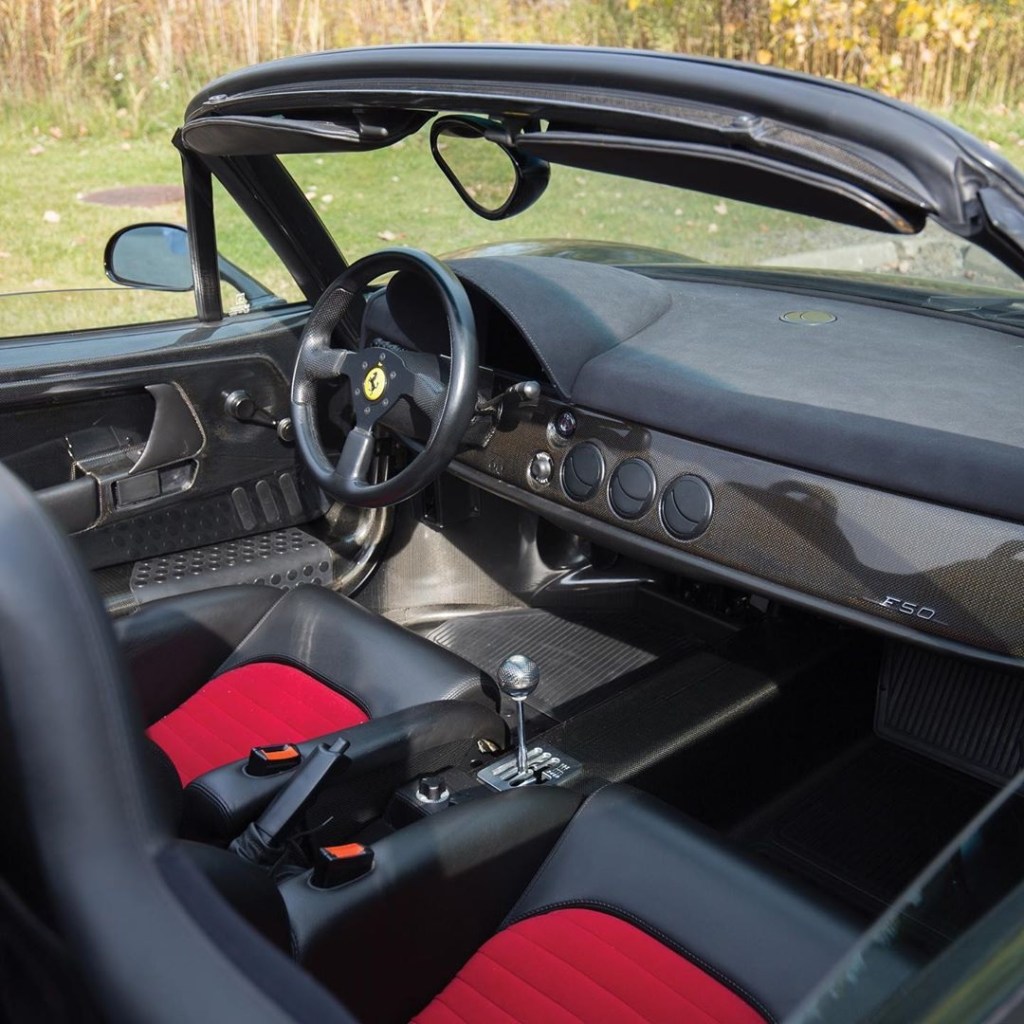
Inside, the Ferrari F50 is similarly driving-focused. There’s no radio, and the windows are manually-operated to save weight. Weight-savings is also why the shift knob and lever are made from carbon fiber. Interestingly, though, the F50 does have one somewhat luxurious feature: the removable targa roof. And unlike the F40, there are actual interior door handles. Plus, it does have A/C, a front-axle lift, a configurable LCD gauge, and well-bolstered sport seats.
As a road car, the Ferrari F50 is rather compromised. There’s only a small storage area in the front compartment and no spare tire. There’s also no glovebox, though the supercar originally featured fitted luggage. You can’t store the top inside the car. The pedal box is narrow and off-set enough for Ferrari to offer special driving shoes to help owners cope.
However, driving the F50 is also an incredible experience. The clutch and gearbox are actually fairly easy to work with. And despite the small cabin, the A/C means you don’t overheat. True, the lack of rubber engine mounts and suspension bushings makes for a lot of vibration and a stiff ride. But it feels more solid than the F40. And that V12 sound makes up a lot of ground.
Pricing and availability
Unfortunately, while the Ferrari F50 was meant to be the F40’s successor, it’s largely lived in the older car’s shadow. Despite making more horsepower, the F50’s V12 is down on torque compared to the F40’s V8. It didn’t help that Ferrari pre-screened potential F50 buyers for 2 years, Hagerty reports, though that didn’t stop Mike Tyson from driving one through a window. And neither did the odd (but functional) styling and race-car-like vibrations and ride quality.
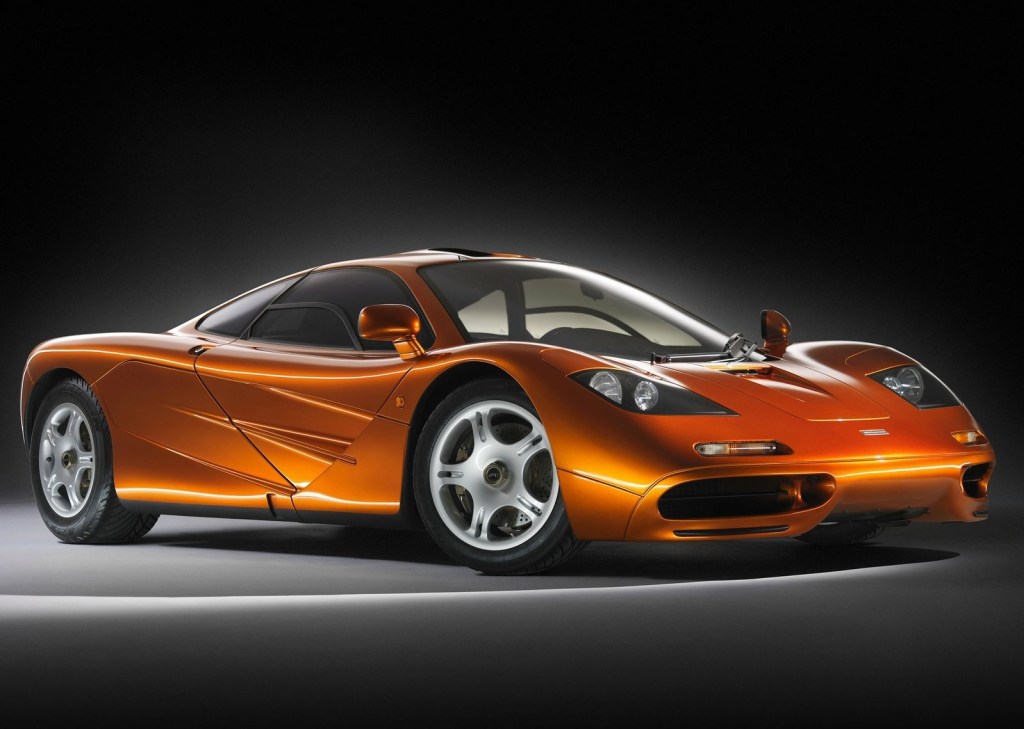
The timing of the car’s release also did it no favors. The F50 came out in the time of the original Acura NSX, which showed how livable and refined supercars could be. This was also when the McLaren F1, still the fastest naturally-aspirated production, arrived on the scene.
As a result, the Ferrari F50 is rare even for an Italian exotic. Only 349 were made from 1995-1997. That makes it rarer than both the Ferrari Enzo and LaFerrari.
Now, though, the classic car market has grown to appreciate the F50’s charms. Namely, the fact that it’s the last production car with an F1-derived engine. Which is why, earlier in 2020, a 1995 model went for $3.2 million at Gooding’s Scottsdale, AZ auction.
Follow more updates from MotorBiscuit on our Facebook page.


